Retrofitted Existing Residential Building Design in Energy and Economic Aspect According to Thailand Building Energy Code
Abstract
1. Introduction
2. Building Energy Code
2.1. Building Envelope
| = Overall thermal transfer value of the building (W/m2) | |
| = Overall thermal transfer value of the considered side (W/m2) | |
| = Heat transfer coefficient of opaque wall (W/m2·°C) | |
| = Window-to-wall ratio of considered side | |
| = Differential value of the equivalent temperature (°C) | |
| = Heat transfer coefficient of transparent wall or window (W/m2·°C) | |
| = Differential temperature between the interior and exterior of the building (°C) | |
| = Solar heat gain coefficient | |
| = Shading coefficient | |
| = Effective solar radiation (W/m2) | |
| = Area in each section of the wall section (m2) |
| = Roof thermal transfer value of the building (W/m2) | |
| = Roof thermal transfer value of the considered side (W/m2) | |
| = Heat transfer coefficient of opaque roof (W/m2·°C) | |
| = Skylight-to-roof ratio | |
| = Heat transfer coefficient of transparent roof or skylight (W/m2·°C) | |
| = Area of roof on the considered side (m2) |
2.2. Lighting System
2.3. Air Conditioning System
2.4. Renewable Energy
| = Total area of the PV installation (m2) | |
| = Efficiency of the entire system | |
| = Efficiency of the solar cell module | |
| = Efficiency of the system balance | |
| = Effective solar radiation (W/m2) |
2.5. Total Energy
| = Power consumption of electrical equipment per unit area (W/m2) | |
| = Average number of occupants per area (1/m2) | |
| = Air circulation and leakage (l/s/m2) | |
| = Coefficient of performance | |
| = Annual heat-to-electrical energy conversion | |
| = Annual average electricity produced by other renewable energy sources | |
| = Coefficient of cooling load from lighting system | |
| = Coefficient of cooling load from electrical equipment | |
| = Coefficient of cooling load from occupants | |
| = Coefficient of cooling load from air ventilation | |
| = Number of hours of building usage |
3. Case-Study Building and Retrofit
3.1. Building Envelope
3.2. Lighting System
3.3. Air Conditioning System
3.4. Renewable Energy
4. Retrofitted Results
4.1. Energy Results
4.1.1. Building Envelope Section
4.1.2. Lighting System
4.1.3. Air Conditioning System
4.1.4. Renewable Energy and Total Energy Consumption
4.2. Economic Indicator
4.2.1. Discounted Payback Period (DPP)
4.2.2. Net Present Value (NPV)
4.2.3. Internal Rate of Return (IRR)
4.3. Investment Cost
4.4. Economic Results
5. Conclusions
Author Contributions
Funding
Institutional Review Board Statement
Informed Consent Statement
Data Availability Statement
Acknowledgments
Conflicts of Interest
References
- Ministry of Energy. 20-Year Energy Efficiency Development Plan (2011–2030); Ministry of Energy: Bangkok, Thailand, 2011.
- Energy Policy and Planning Office (EPPO). Energy Efficiency Plan 2015–2036 (EEP 2015); Ministry of Energy: Bangkok, Thailand, 2015.
- Energy Policy and Planning Office (EPPO). Energy Statistics of Thailand 2019; Ministry of Energy: Bangkok, Thailand, 2020.
- Traivivatana, S.; Wangjiraniran, W. Thailand Integrated Energy Blueprint (TIEB): One Step towards Sustainable Energy Sector. Energy Procedia 2019, 157, 492–497. [Google Scholar] [CrossRef]
- Government Gazette. Energy Conservation Promotion Act, B.E. 2535. 1992. Volume 1, Part 33; 2 April 1992. Available online: https://www.eppo.go.th/images/law/ENG/nation2 (accessed on 11 November 2020).
- Fumo, N. A review on the basics of building energy estimation. Renew. Sustain. Energy Rev. 2014, 31, 53–60. [Google Scholar] [CrossRef]
- Grandjean, A.; Adnot, J.; Binet, G. A review and an analysis of the residential electric load curve models. Renew. Sustain. Energy Rev. 2012, 16, 6539–6565. [Google Scholar] [CrossRef]
- Curtis, M.; Torriti, J.; Smith, S.T. A comparative analysis of building energy estimation methods in the context of demand response. Energy Build. 2018, 174, 13–25. [Google Scholar] [CrossRef]
- Belussi, L.; Danza, L.; Ghellere, M.; Guazzi, G.; Meroni, I.; Salamone, F. Estimation of building energy performance for local energy policy at urban scale. Energy Procedia 2017, 122, 98–103. [Google Scholar] [CrossRef]
- Thonipara, A.; Runst, P.; Ochsner, C.; Bizer, K. Energy efficiency of residential buildings in the European Union—An exploratory analysis of cross-country consumption patterns. Energy Policy 2019, 129, 1156–1167. [Google Scholar] [CrossRef]
- D’Agostino, D.; Cuniberti, B.; Bertoldi, P. Energy consumption and efficiency technology measures in European non-residential buildings. Energy Build. 2017, 153, 72–86. [Google Scholar] [CrossRef]
- Ali, S.B.M.; Hasanuzzaman, M.; Rahim, N.A.; Mamun, M.A.A.; Obaidellah, U.H. Analysis of energy consumption and potential energy savings of an institutional building in Malaysia. Alex. Eng. J. 2021, in press. [Google Scholar]
- Zhan, S.; Chong, A. Building occupancy and energy consumption: Case studies across building types. Energy Built Environ. 2021, in press. [Google Scholar] [CrossRef]
- Fonseca, J.A.; Nevat, I.; Peters, G.W. Quantifying the uncertain effects of climate change on building energy consumption across the United States. Appl. Energy 2020, 277, 115556. [Google Scholar] [CrossRef]
- O’Brien, W.; Tahmasebi, F.; Andersen, R.K.; Azar, E.; Barthelmes, V.; Belafi, Z.D.; Berger, C.; Chen, D.; Simone, M.D.; d’Oca, S.; et al. An international review of occupant-related aspects of building energy codes and standards. Build. Environ. 2020, 179, 106906. [Google Scholar] [CrossRef]
- Arjunan, P.; Poolla, K.; Miller, C. EnergyStar++: Towards more accurate and explanatory building energy benchmarking. Appl. Energy 2020, 276, 11541. [Google Scholar] [CrossRef]
- Costa, J.F.W.; Amorim, C.N.D.; Silva, J.C.R. Retrofit guidelines towards the achievement of net zero energy buildings for office buildings in Brasilia. J. Build. Eng. 2020, 32, 101680. [Google Scholar] [CrossRef]
- Ali, U.; Shamsi, M.H.; Bohacek, M.; Hoare, C.; Purcell, K.; Mangina, E.; O’Donnell, J. A data-driven approach to optimize urban scale energy retrofit decisions for residential buildings. Appl. Energy 2020, 267, 114861. [Google Scholar] [CrossRef]
- Ali, H.; Hashlamun, R. Envelope retrofitting strategies for public school buildings in Jordan. J. Build. Eng. 2019, 25, 1008–1019. [Google Scholar] [CrossRef]
- Chirarattananon, S.; Taveekun, J. An OTTV-based energy estimation model for commercial buildings in Thailand. Energy Build. 2004, 36, 680–689. [Google Scholar] [CrossRef]
- Bright Management Consulting Co., Ltd. Promoting Energy Efficiency in Commercial Buildins (PEECB) Progress Report #2; Department of Alternative Energy Development and Efficiency: Bangkok, Thailand, 2013.
- Tummu, P.; Chirarattananon, S.; Hien, V.D.; Chaiwiwatworakul, P.; Rakkwamsuk, P. Formulation of an OTTV for walls of bedroom in Thailand. Appl. Therm. Eng. 2017, 113, 334–344. [Google Scholar] [CrossRef]
- British Standard Institution. Light and Lighting—Lighting of Work Places—Part 1: Indoor Work Places; EN 12464-1:2011; BSI: London, UK, 2011. [Google Scholar]
- International Energy Agency. Energy Efficiency Label No.5 Air Conditioner. Available online: https://www.iea.org/policies/1583-energy-efficiency-label-no5-air-conditioner (accessed on 11 November 2020).
- Peerapong, P.; Limmeechokchai, B. Optimal Photovoltaic Resources Harvesting in Grid-connected Residential Rooftop and in Commercial Buildings: Cases of Thailand. Energy Procedia 2015, 79, 39–46. [Google Scholar] [CrossRef]
- Goel, S. Capital Budgeting Appraisal Methods. In Capital Budgeting, 1st ed.; Business Expert Press, LLC.: New York, NY, USA, 2015; pp. 63–88. [Google Scholar]
- Khatib, H. Chapter 3—Time value of money (discounting). In Economic Evaluation of Projects in the Electricity Supply Industry; The Institution of Engineering and Technology: London, UK, 2003; pp. 31–41. [Google Scholar]
- Comptroller General’s Department. Material and Labour Cost for Fiscal Year 2562 B.E.; Comptroller General’s Department: Bangkok, Thailand, 2018.
- Metropolitan Electricity Authority. Electricity Tariffs Large General Service. Available online: https://www.mea.or.th/en/profile/109/114 (accessed on 11 November 2020).
- Bank of Thailand. Interest Rates in Financial Market. (2005- present). Available online: https://www.bot.or.th/App/BTWS_STAT/statistics/BOTWEBSTAT.aspx?reportID=223&language=ENG (accessed on 11 November 2020).
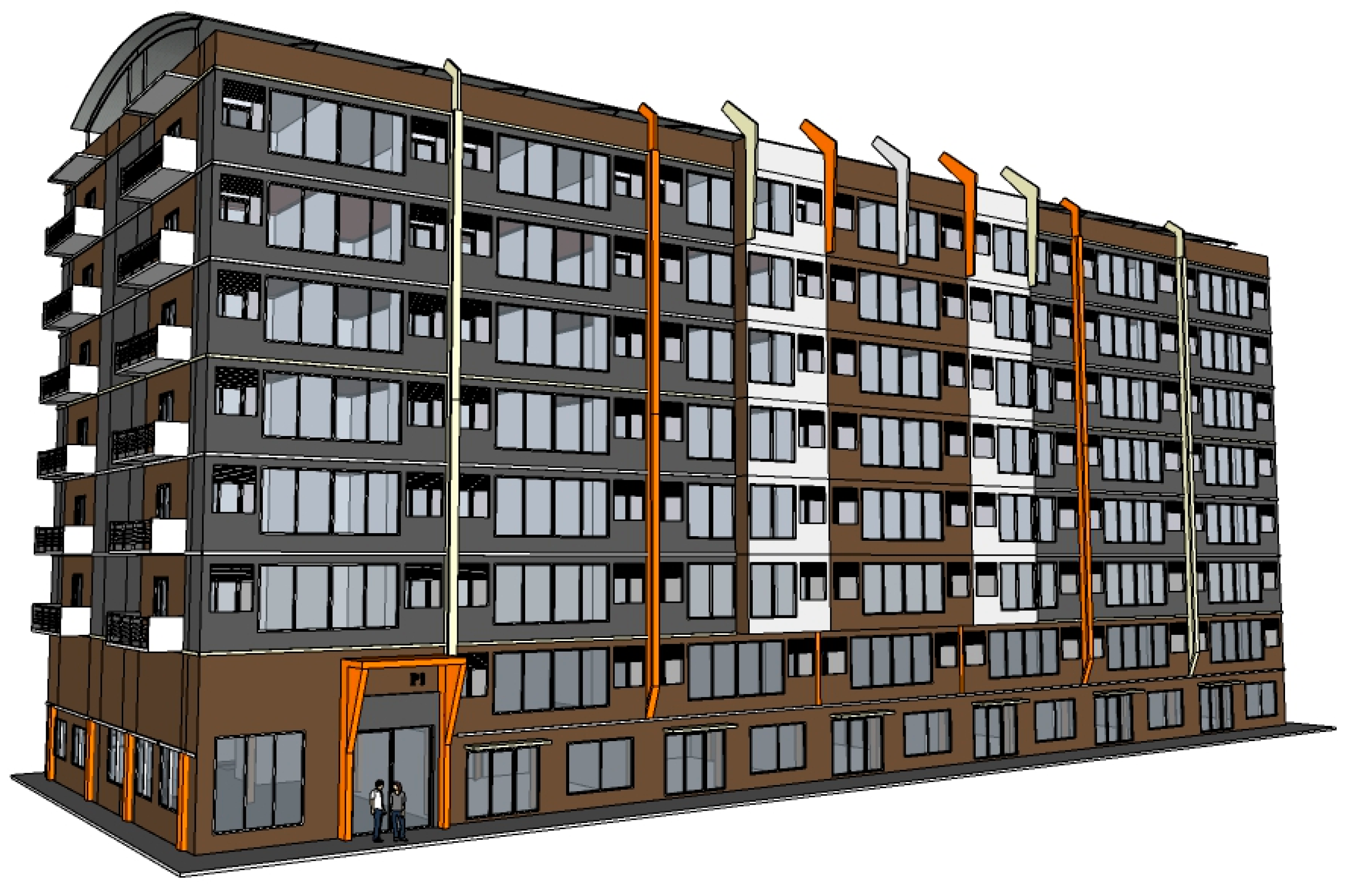
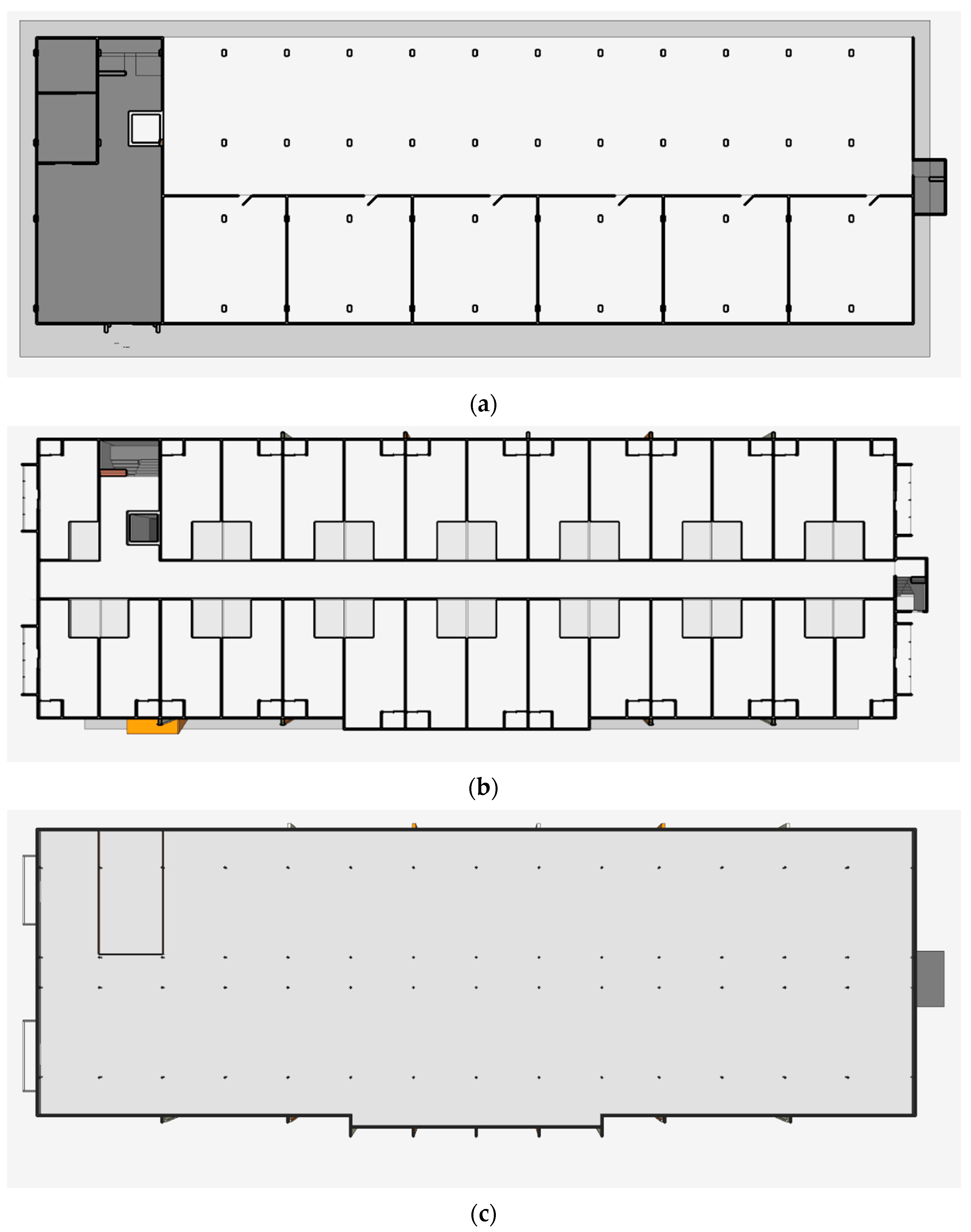
| Operating Hour | Type of Building | |
|---|---|---|
| Group 1 | 8 h | Office Building Education Building |
| Group 2 | 12 h | Department Store Auditorium Convention Centre Service Centre |
| Group 3 | 24 h | Hospital Hotel Apartment/Condominium |
| Type of the Building | OTTV (W/m2) | RTTV (W/m2) |
|---|---|---|
| Group 1 (Office, Education building) | OTTV ≤ 50 | RTTV ≤ 10 |
| Group 2 (Department store, Conventional Hall, Auditorium) | OTTV ≤ 40 | RTTV ≤ 8 |
| Group 3 (Hotel, Hospital, Residential building) | OTTV ≤ 30 | RTTV ≤ 6 |
| Type of the Building | LPD (W/m2) |
|---|---|
| Group 1 (Office, Education building) | 10 |
| Group 2 (Department store, Conventional Hall, Auditorium) | 11 |
| Group 3 (Hotel, Hospital, Residential building) | 12 |
| Fixed Speed Air Condition | ||||
| Size of air condition | Label 5 | Label 5 (1 stars) | Label 5 (2 star) | Label 5 (3 star) |
| 8000 w | 12.85–13.84 | 13.85–14.84 | 14.85–15.84 | ≥15.85 |
| (27,296 BTU/h) | ||||
| 8000–12,000 w | 12.40–13.39 | 13.40–14.39 | 14.40–15.39 | ≥15.40 |
| (27,296–40,944 BTU/h) | ||||
| Variable Speed Air Condition | ||||
| Size of air condition | Label 5 | Label 5 (1 stars) | Label 5 (2 stars) | Label 5 (3 stars) |
| 8000 w | 15.00–17.49 | 17.50–19.99 | 20.00–22.49 | ≥22.50 |
| (27,296 BTU/h) | ||||
| 8000–12,000 w | 14.00–16.49 | 16.50–18.99 | 19.00–21.49 | ≥21.50 |
| (27,296–40,944 BTU/h) | ||||
| Type of the Building | |||||
|---|---|---|---|---|---|
| Group 1 (Office, Education building) | 0.84 | 0.85 | 0.90 | 0.90 | 2340 |
| Group 2 (Department store, Conventional Hall, Auditorium) | 0.84 | 0.85 | 0.90 | 0.90 | 4380 |
| Group 3 (Hotel, Hospital, Residential building) | 1.0 | 1.0 | 1.0 | 1.0 | 8760 |
| Material | Thermal Conductivity (W/mK) | Density (kg/m3) | Specific Heat (kJ/kgK) |
|---|---|---|---|
| Concrete plaster | 0.72 | 1860 | 0.84 |
| Autoclaved Aerated Concrete | 0.476 | 1280 | 0.84 |
| Gypsum plates | 0.282 | 800 | 1.09 |
| Fiberglass insulation | 0.033 | 32 | 0.96 |
| Reinforced concrete | 1.442 | 2400 | 0.92 |
| Composition | Detail | Thickness (m) | U-Value (W/m2K) | |
|---|---|---|---|---|
| Base case | 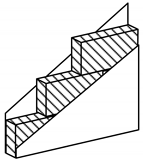 | Concrete plaster | 0.010 | 1.634 |
| Autoclaved Aerated Concrete | 0.200 | |||
| Concrete plaster | 0.010 | |||
| Retrofitted case | 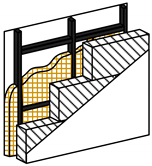 | Gypsum plates | 0.015 | 0.396 |
| Fiberglass insulation | 0.100 | |||
| Air Gap | 0.100 | |||
| Autoclaved Aerated Concrete | 0.200 | |||
| Concrete plaster | 0.010 |
| Composition | Detail | Thickness (m) | U-Value (W/m2K) | |
|---|---|---|---|---|
| Base case | 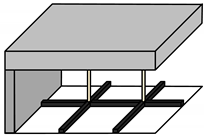 | Reinforced concrete | 0.15 | 1.368 |
| Air Gap | 0.1 | |||
| Gypsum plates | 0.015 | |||
| Retrofitted case | 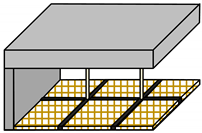 | Reinforced concrete | 0.15 | 0.445 |
| Air Gap | 0.1 | |||
| Fiberglass insulation | 0.05 | |||
| Gypsum plates | 0.015 |
| Material | Composition | Thickness (m) | U-Value (W/m2K) | SHGC | |
|---|---|---|---|---|---|
| Base case | Clear float glass | 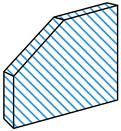 | 0.06 | 5.74 | 0.82 |
| Retrofitted case | Clear colour single silver low-e coat on ocean green | 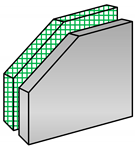 | 0.06-0.06-0.06 * | 2.73 | 0.4 |
| Currently Used Luminaire | ||||
| Luminaire | Power consumption (W) | Lumen (lm) | Luminous Efficacy (lm/W) | Number |
| CFL bulbs | 20 W | 1200 | 60.00 | 1227 |
| CFL bulbs | 40 W | 2500 | 62.5.0 | 8 |
| CFL bulbs | 60 W | 3800 | 63.33 | 189 |
| Fluorescent T8 | 18 W | 1050 | 58.00 | 235 |
| Fluorescent T8 | 32 W | 1780 | 55.625 | 403 |
| Replacement Luminaire | ||||
| Luminaire | Power consumption (W) | Lumen (lm) | Luminous Efficacy (lm/W) | Number |
| LED Blub | 9 W | 950 | 105.55 | 1227 |
| LED Blub | 14 W | 1450 | 103.57 | 8 |
| LED Blub | 27 W | 3000 | 111.11 | 189 |
| LED Tube | 9 W | 1050 | 116.67 | 235 |
| LED Tube | 18 W | 1800 | 100.00 | 403 |
| Currently Used Air Condition | ||||
| Type of Air Conditioning Unit | Cooling Capacity (BTU/h) | Power Consumption (kW) | SEER (BTU/h/W) | Quantity |
| Fixed speed | 9000 | 0.700 | 12.850 | 38 |
| 12,000 | 1.065 | 11.267 | 36 | |
| 18,000 | 1.570 | 11.460 | 42 | |
| Replacement Luminaire | ||||
| Type of Air Conditioning Unit | BTU/h | Power Consumption (kW) | SEER (BTU/h/W) | Quantity |
| Variable speed | 9000 | 0.600 | 24.00 | 38 |
| 12,000 | 0.930 | 22.50 | 36 | |
| 18,000 | 1.470 | 20.81 | 42 | |
| Capacity (W) | Quantity | Efficiency | |
|---|---|---|---|
| Monocrystalline Photovoltaic panel | 370 | 220 | 18% |
| Inverter | 25,000 | 3 | 98% |
| Total System Efficiency | 18% | ||
| Building Energy Code | Base Case | Status | Retrofitted Case | Status | |
|---|---|---|---|---|---|
| OTTV | 30.00 | 45.490 | Failed | 20.242 | Passed |
| RTTV | 10.00 | 9.961 | Passed | 3.679 | Passed |
| Base Case | Retrofitted | |
|---|---|---|
| Total Power (W) | 71,132 | 25,411 |
| Power density (W/m2) | 9.530 | 3.405 |
| Power density of energy code (W/m2) | 12.000 | 12.000 |
| Status | Passed | Passed |
| Type of Air Conditioning Unit | Cooling Capacity (BTU/h) | SEER (BTU/h/W) | Building Energy Code (BTU/h/W) | Status |
|---|---|---|---|---|
| Fixed speed (Base case) | 9000 | 12.850 | 12.85 | Passed |
| 12,000 | 11.267 | Failed | ||
| 18,000 | 11.460 | Failed | ||
| Variable speed (Retrofitted case) | 9000 | 24.00 | 15.00 | Passed |
| 12,000 | 22.50 | Passed | ||
| 18,000 | 20.81 | Passed |
| Base Case | Retrofitted | Energy Saving | |
|---|---|---|---|
| Building energy consumption (kWh/year) | 1,109,565.065 | 648,991.600 | 41.51% |
| Energy from renewable energy system (kWh/year) | - | 87,043.30 | - |
| Evaluated building net energy consumption (kWh/year) | 1,109,565.065 | 561,948.30 | 49.36% |
| Reference building net energy consumption (kWh/year) | 1,531,587.941 | 1,531,551.704 | - |
| Status | Passed | Passed | - |
| Material Name | Cost Per Unit (USD/m2) * | Labour Cost Per Unit (USD/m2) * | Total Cost (USD/m2) * |
|---|---|---|---|
| Autoclaved aerated concrete (20 cm.) | 12.47 | 2.60 | 15.07 |
| Concrete plaster | 4.00 | 2.67 | 6.67 |
| Reinforced concrete | 326.27 | 67.10 | 393.37 |
| Gypsum plates | 10.63 | 2.50 | 13.13 |
| Fiberglass insulator (5 mm.) | 8.33 | 0.83 | 9.16 |
| Fiberglass insulator (10 mm.) | 16.67 | 0.83 | 17.50 |
| Clear float glass | 6.45 | 0.37 | 6.82 |
| Clear color single silver low-e coat on ocean green | 56.00 | 4.00 | 60.00 |
| Luminaire | Quantity | Price Per Unit (USD) | Installation Cost Per Luminaire (USD) | Total Cost (USD) |
|---|---|---|---|---|
| LED Bulb 9 W | 1227 | 2.57 | 4.00 | 8057.30 |
| LED Blub 14 W | 8 | 21.5 | 4.00 | 204.00 |
| LED Blub 27 W | 189 | 31.23 | 4.00 | 6659.10 |
| LED Tube 9 W | 235 | 4.97 | 4.00 | 2107.17 |
| LED Tube 18 W | 403 | 5.53 | 4.00 | 3841.93 |
| Total | 20,869.50 | |||
| Type of Air Conditioning Unit | BTU/h | Quantity | Price Per Unit (USD) | Total Cost (USD) |
|---|---|---|---|---|
| Variable speed (Inverter) | 9000 | 38 | 573.33 | 21,786.67 |
| 12,000 | 36 | 643.33 | 23,160.00 | |
| 18,000 | 42 | 863.33 | 36,260.00 | |
| Total | 81,206.67 | |||
| Quantity | Price Per Unit (USD) | Installation (USD) | Total | |
|---|---|---|---|---|
| Monocrystalline panel 370 W | 220 | 125.00 | - | 27,5000.00 |
| Inverter 25 kW | 3 | 6500.00 | - | 19,500.00 |
| Structure and miscellaneous electric equipment | - | - | 10,000.00 | 10,000.00 |
| Installation cost | - | - | 26,666.67 | 26,666.67 |
| Total | 83,666.67 | |||
| Energy Consumption (Unit/year) | Electricity Cost (USD/year) | |
|---|---|---|
| Base case | 1,109,565.07 | 155,339.11 |
| Retrofitted case | 561,948.30 | 78,672.76 |
| Total saving | 547,616.77 | 76,666.35 |
| Year | Initial Cost | Maintenance Factor | Energy Unit Saving (kWh/year) | Energy Cost Saving (USD) | Cash Flow (USD) | Future Value (USD) | Balance (USD) |
|---|---|---|---|---|---|---|---|
| 0 | 319,081.00 | - | 547,616.77 | - | (319,081.00) | (319,081.00) | (319,081.00) |
| 1 | 0.80 | 543,235.83 | 76,053.02 | 76,053.02 | 74,561.78 | (244,519.22) | |
| 2 | - | 1.60 | 538,854.90 | 75,439.69 | 75,439.69 | 72,510.27 | (172,008.95) |
| 3 | - | 2.40 | 534,473.96 | 74,826.35 | 74,826.35 | 70,510.55 | (101,498.41) |
| 4 | - | 3.20 | 530,093.03 | 74,213.02 | 74,213.02 | 68,561.36 | (32,937.04) |
| 5 | - | 4.00 | 525,712.09 | 73,599.69 | 73,599.69 | 66,661.51 | 33,724.46 |
| 6 | - | 4.80 | 521,331.16 | 72,986.36 | 72,986.36 | 64,809.80 | 98,534.27 |
| 7 | - | 5.60 | 516,950.23 | 72,373.03 | 72,373.03 | 63,005.08 | 161,539.35 |
| 8 | - | 6.40 | 512,569.29 | 71,759.70 | 71,759.70 | 61,246.21 | 222,785.56 |
| 9 | - | 7.20 | 508,188.36 | 71,146.37 | 71,146.37 | 59,532.10 | 282,317.66 |
| 10 | - | 8.00 | 503,807.42 | 70,533.04 | 70,533.04 | 57,861.66 | 340,179.32 |
| NPV (USD) | DPP (years) | IRR (%) | |
|---|---|---|---|
| Retrofitted case | 340,179.32 | 4.36 | 19.32 |
Publisher’s Note: MDPI stays neutral with regard to jurisdictional claims in published maps and institutional affiliations. |
© 2021 by the authors. Licensee MDPI, Basel, Switzerland. This article is an open access article distributed under the terms and conditions of the Creative Commons Attribution (CC BY) license (http://creativecommons.org/licenses/by/4.0/).
Share and Cite
Ananwattanaporn, S.; Patcharoen, T.; Bunjongjit, S.; Ngaopitakkul, A. Retrofitted Existing Residential Building Design in Energy and Economic Aspect According to Thailand Building Energy Code. Appl. Sci. 2021, 11, 1398. https://doi.org/10.3390/app11041398
Ananwattanaporn S, Patcharoen T, Bunjongjit S, Ngaopitakkul A. Retrofitted Existing Residential Building Design in Energy and Economic Aspect According to Thailand Building Energy Code. Applied Sciences. 2021; 11(4):1398. https://doi.org/10.3390/app11041398
Chicago/Turabian StyleAnanwattanaporn, Santipont, Theerasak Patcharoen, Sulee Bunjongjit, and Atthapol Ngaopitakkul. 2021. "Retrofitted Existing Residential Building Design in Energy and Economic Aspect According to Thailand Building Energy Code" Applied Sciences 11, no. 4: 1398. https://doi.org/10.3390/app11041398
APA StyleAnanwattanaporn, S., Patcharoen, T., Bunjongjit, S., & Ngaopitakkul, A. (2021). Retrofitted Existing Residential Building Design in Energy and Economic Aspect According to Thailand Building Energy Code. Applied Sciences, 11(4), 1398. https://doi.org/10.3390/app11041398





